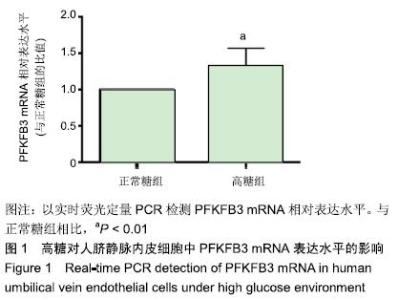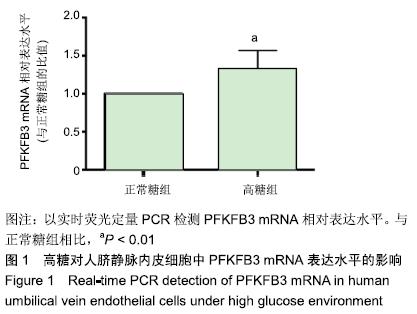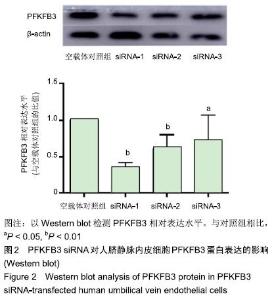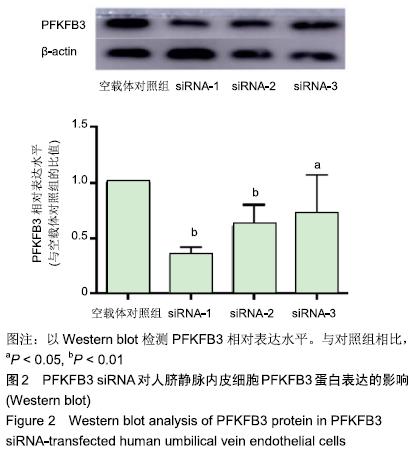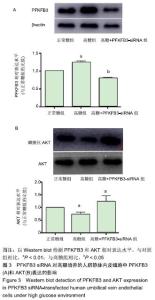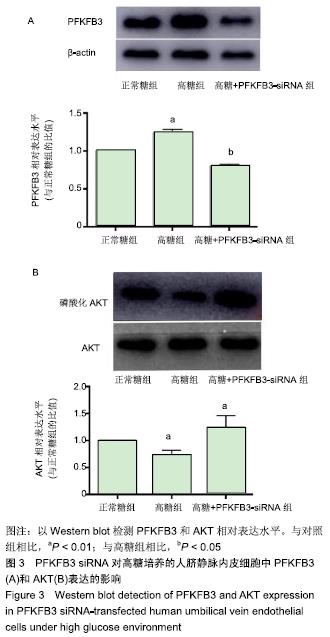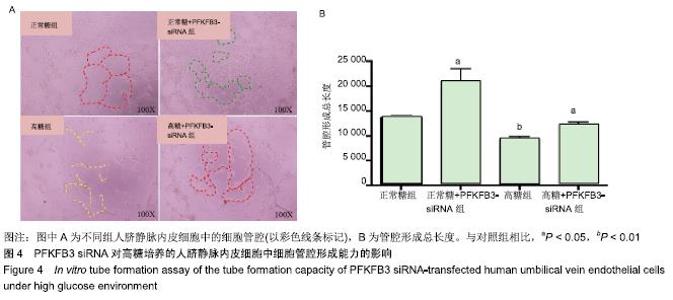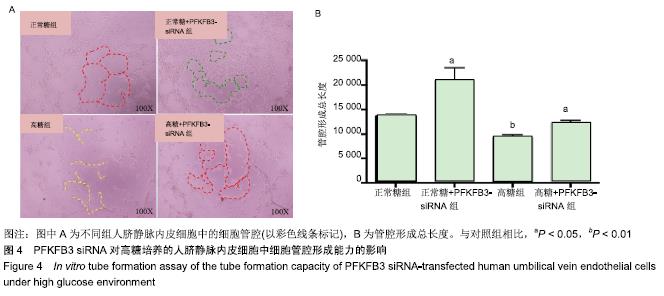[1] TING DS, CHEUNG GC, WONG TY. Diabetic retinopathy: global prevalence, major risk factors, screening practices and public health challenges: a review. Clin Exp Ophthalmol. 2016; 44(4):260-277.
[2] KRÁSNIK V, ŠTEFANIČKOVÁ J, FABKOVÁ J, et al. Prevalence of the Diabetic Retinopathy and Genetic Factors Significance in the Development of Diabetic Retinopathy in Patients with Diabetes Mellitus type I and II in Slovakia (DIARET SK study). Overview of Actual Findings and Design of the Epidemiological DIARET SK Study. Cesk Slov Oftalmol. 2015;71(5):237-242.
[3] EJAZ S, CHEKAROVA I, EJAZ A, et al. Importance of pericytes and mechanisms of pericyte loss during diabetes retinopathy. Diabetes Obes Metab. 2008;10(1):53-63.
[4] BAI Y, MA JX, GUO J, et al. Müller cell-derived VEGF is a significant contributor to retinal neovascularization. J Pathol. 2009;219(4):446-454.
[5] KATAKAMI N, MATSUHISA M, KANETO H, et al. Monocyte chemoattractant protein-1 (MCP-1) gene polymorphism as a potential risk factor for diabetic retinopathy in Japanese patients with type 2 diabetes. Diabetes Res Clin Pract. 2010; 89(1):e9-12.
[6] VOICULESCU OB, VOINEA LM, ALEXANDRESCU C. Corneal neovascularization and biological therapy. J Med Life. 2015;8(4):444-448.
[7] DE BOCK K, GEORGIADOU M, SCHOORS S, et al. Role of PFKFB3-driven glycolysis in vessel sprouting. Cell. 2013; 154(3):651-663.
[8] DE BOCK K, GEORGIADOU M, CARMELIET P. Role of endothelial cell metabolism in vessel sprouting. Cell Metab. 2013;18(5):634-647.
[9] MERCHAN JR, KOVÁCS K, RAILSBACK JW, et al. Antiangiogenic activity of 2-deoxy-D-glucose. PLoS One. 2010;5(10):e13699.
[10] GEUDENS I, GERHARDT H. Coordinating cell behaviour during blood vessel formation. Development. 2011;138(21): 4569-4583.
[11] VAN SCHAFTINGEN E, LEDERER B, BARTRONS R, et al. A kinetic study of pyrophosphate: fructose-6-phosphate phosphotransferase from potato tubers. Application to a microassay of fructose 2,6-bisphosphate. Eur J Biochem. 1982;129(1):191-195.
[12] XU Y, AN X, GUO X, et al. Endothelial PFKFB3 plays a critical role in angiogenesis. Arterioscler Thromb Vasc Biol. 2014; 34(6):1231-1239.
[13] 唐敏.PFKFB3在PDR患者玻璃体和血清中的表达及其相关性分析[D].泸州:西南医科大学,2017.
[14] 田敏,余曦,吕红彬.PFKFB3、S1P2在2型糖尿病大鼠视网膜中的表达及tBHQ的干预作用[J].眼科新进展,2018,38(2):131-135.
[15] 胡萍,韦芳,顾青,等.6-磷酸果糖激酶-2/果糖-2,6-二磷酸酶(PFKFB3)抑制剂3PO对高糖环境下人脐静脉血管内皮细胞新生血管形成的影响[J].眼科新进展,2019,39(5):428-432.
[16] SAFI SZ, QVIST R, KUMAR S, et al. Molecular mechanisms of diabetic retinopathy, general preventive strategies, and novel therapeutic targets. Biomed Res Int. 2014;2014: 801269.
[17] BARBER AJ, GARDNER TW, ABCOUWER SF. The significance of vascular and neural apoptosis to the pathology of diabetic retinopathy. Invest Ophthalmol Vis Sci. 2011;52(2): 1156-1163.
[18] BEHL Y, KROTHAPALLI P, DESTA T, et al. Diabetes-enhanced tumor necrosis factor-alpha production promotes apoptosis and the loss of retinal microvascular cells in type 1 and type 2 models of diabetic retinopathy. Am J Pathol. 2008;172(5):1411-1418.
[19] ROY S, KERN TS, SONG B, et al. Mechanistic Insights into Pathological Changes in the Diabetic Retina: Implications for Targeting Diabetic Retinopathy. Am J Pathol. 2017;187(1): 9-19.
[20] STITT AW, CURTIS TM, CHEN M, et al. The progress in understanding and treatment of diabetic retinopathy. Prog Retin Eye Res. 2016;51:156-186.
[21] RIBEIRO JA, MESSIAS A, JORGE R. Antiangiogenic drugs and advanced proliferative diabetic retinopathy. Arq Bras Oftalmol. 2011;74(2):143-146.
[22] 武海玲,马晓梅,才让当周,等.视网膜激光光凝与复合式小梁切除术治疗新生血管性青光眼的临床疗效对比[J].现代生物医学进展,2017,17(17):3328-3330.
[23] 张勤,刘君,陈连英.糖尿病视网膜病变玻璃体切割术后继发新生血管性青光眼的原因分析[J].中国实用医刊,2019,46(5):70-72.
[24] YANG HS, KIM JG, CHA JB, et al. Quantitative analysis of neural tissues around the optic disc after panretinal photocoagulation in patients with diabetic retinopathy. PLoS One. 2017;12(10):e0186229.
[25] 曾子善,翁文庆.玻璃体腔注射抗血管内皮生长因子药物相关并发症概述[J].浙江中西医结合杂志,2019,29(7):609-612.
[26] DE BOCK K, GEORGIADOU M, SCHOORS S, et al. Role of PFKFB3-driven glycolysis in vessel sprouting.Cell. 2013; 154(3):651-663.
[27] COSTA PZ, SOARES R. Neovascularization in diabetes and its complications. Unraveling the angiogenic paradox. Life Sci. 2013;92(22):1037-1045.
[28] ZOU Y, ZENG S, HUANG M, et al. Inhibition of 6-phosphofructo-2-kinase suppresses fibroblast-like synoviocytes-mediated synovial inflammation and joint destruction in rheumatoid arthritis. Br J Pharmacol. 2017; 174(9):893-908.
[29] XIE J, GONG Q, LIU X, et al. Transcription factor SP1 mediates hyperglycemia-induced upregulation of roundabout4 in retinal microvascular endothelial cells. Gene. 2017;616:31-40.
[30] NAKAZAWA T, SHIMURA M, TOMITA H, et al. Intrinsic activation of PI3K/Akt signaling pathway and its neuroprotective effect against retinal injury. Curr Eye Res. 2003;26(1):55-63.
[31] WEISHAUPT JH, ROHDE G, PÖLKING E, et al. Effect of erythropoietin axotomy-induced apoptosis in rat retinal ganglion cells. Invest Ophthalmol Vis Sci. 2004;45(5): 1514-1522.
[32] BUSIK JV, MOHR S, GRANT MB. Hyperglycemia-induced reactive oxygen species toxicity to endothelial cells is dependent on paracrine mediators. Diabetes. 2008;57(7): 1952-1965.
|
